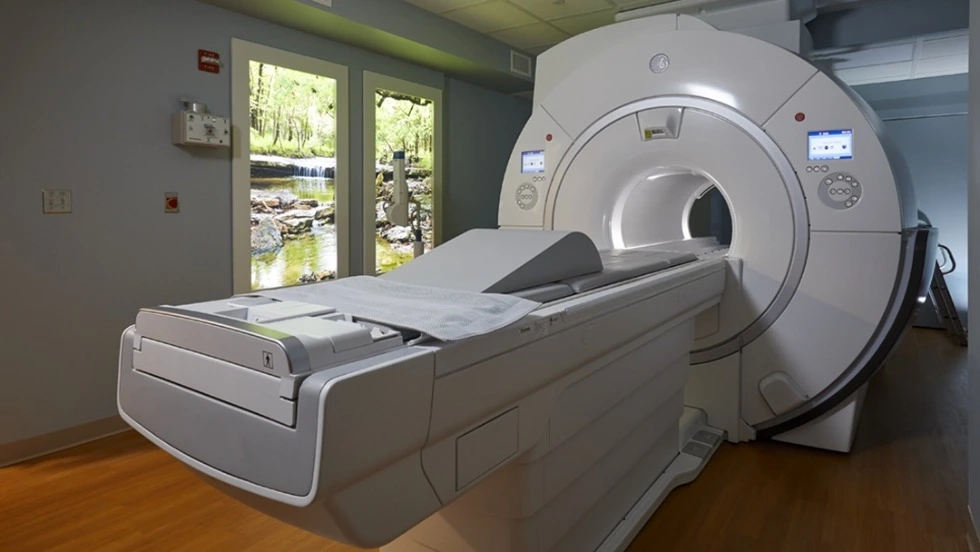

Teleradiology
Safe Radiology Practise for a safer world, safer health
On World Health Day 2022, WHO will focus global attention on urgent actions needed to keep humans and the planet healthy and foster a movement to create societies focused on well-being.
As per WHO estimates, more than 13 million deaths around the world each year can be attributed to avoidable environmental causes. This includes the climate crisis which is the single biggest health threat facing humanity. The climate crisis is also a health crisis.
On this occasion, Aster Medical Imaging focuses on the role of radiology in this crisis and the need to promote an environmentally sustainable radiology practice.
A 2021 study published in the Journal of Vascular and Interventional Radiology analyzed greenhouse gases generated by a hospital-based interventional radiology (IR) department in a typical five-day workweek. The researchers concluded that the practice of IR generates substantial greenhouse gas volumes, a majority of which come from energy used to maintain climate control in the IR suite. They found that more than half of the emissions that were generated by the climate control system, and ultimately about a quarter of the emissions produced during the entire study, were generated at night and on weekend hours when the IR suite is rarely in use.
The findings come a year after a study published in Radiology determined that, over the course of a year, CT, MRI and related cooling systems in a university hospital’s radiology department use as much energy as a small town.
There are many interventions which can reduce the carbon footprint of radiology. Sharing a few, which I came across while researching on this subject. Turning off idle PACs stations and powering down room lights and workstations when not in use would generate cost and energy savings benefits for our departments at minimal inconvenience to the individual radiologist (source: Climate Change and Radiology- ACR, April 2021). CT scanners could be shut off during off hours. This would reduce consumption by 50% in a practice with 12 off hours in a day (Richard Dragan, Assessing Radiology’s Impact on the Environment, RSNA, August 2021). AI-driven short MRI protocols and life-cycle analyses can help offset this environmental impact (Health Imaging, March 2021). “Addressing the idle time energy consumption has by far the greatest energy saving potential since it reflects such a large amount of operation time on MRI and CT” – Tobias Heye, MD.
To summarize, the following steps can be implemented to make radiology more sustainable:
- Shut down CT Scanners when not in use
- Activate auto shutdown functions in projectors, computers and PACS monitors
- Reduce Interventional radiology procedures related waste which are bio-hazardous
- Use biodegradable cup for oral contrast administration & couch sheets for the scan
- Use motion-sensitive LED lights in the facility to reduce unnecessary power wastage
- Maintain optimal air conditioner temperature
Migrating to a sustainable radiology is both a business need and responsibility. We at Aster Medical Imaging take a pledge to work towards a more environmentally sustainable radiology practice.
References:
https://www.healthimaging.com/topics/healthcare-management/medical-practice-management/climate-change-radiology-carbon-energy-mri
https://www.acr.org/Member-Resources/rfs/Resident-and-Fellow-News/April-2021/Climate-Change-and-Radiology
More from AMI
Empowering Radiologists-Teleradiology Redefines the Role of Imaging Specialist
09/10/2023
Behind The Scenes of Teleradiology: How Digital Imaging Is Changing Diagnostic Medicine
16/10/2023
Sports-Related Injuries and the Importance of Radiology
30/01/2023
Improvement of Patient Care Through Teleradiology
05/07/2023
Test
27/03/2024
Career in Radiology
29/08/2023
What is Diagnostic Radiology? Tests and Procedures
11/08/2023
Advances In Neuroradiology
06/01/2023
How to Choose a Prospective Teleradiology Service Provider
04/08/2023
10 Strategies To Prevent Burnout In Radiology
09/01/2023
Intra- Operative 3D Imaging With O- Arm Making Complex Spine Surgeries Safe and Accurate
30/11/-0001
Emerging Techniques in Radiology By Dr. Namita
10/11/2022
Imaging Instrumentation Trends In Clinical Oncology
26/06/2023
Teleradiology's Contribution to Timely Emergency Diagnoses
04/10/2023
How to increase the efficiency of the Radiology Equipment
18/08/2023
Revolutionizing Indian Healthcare: Unlocking the Potential of Teleradiology in Remote Areas
27/09/2023
Imaging In Pregnancy
18/01/2023

AMI Expertise - When You Need It, Where You Need It.
Partner With Us

